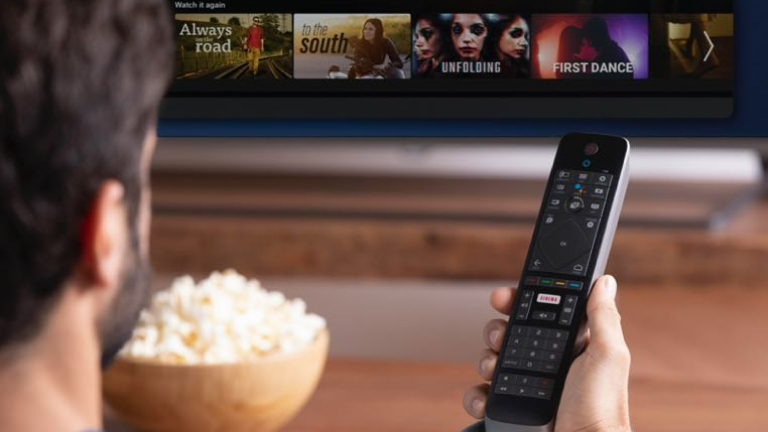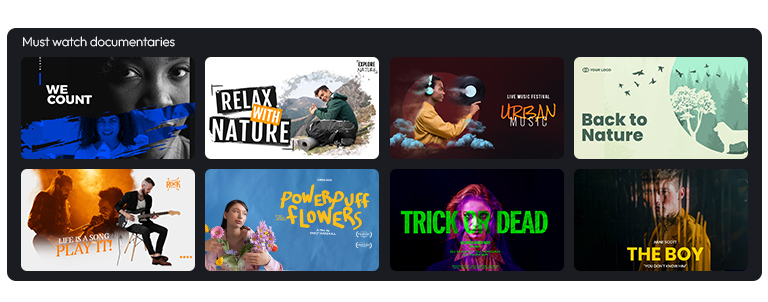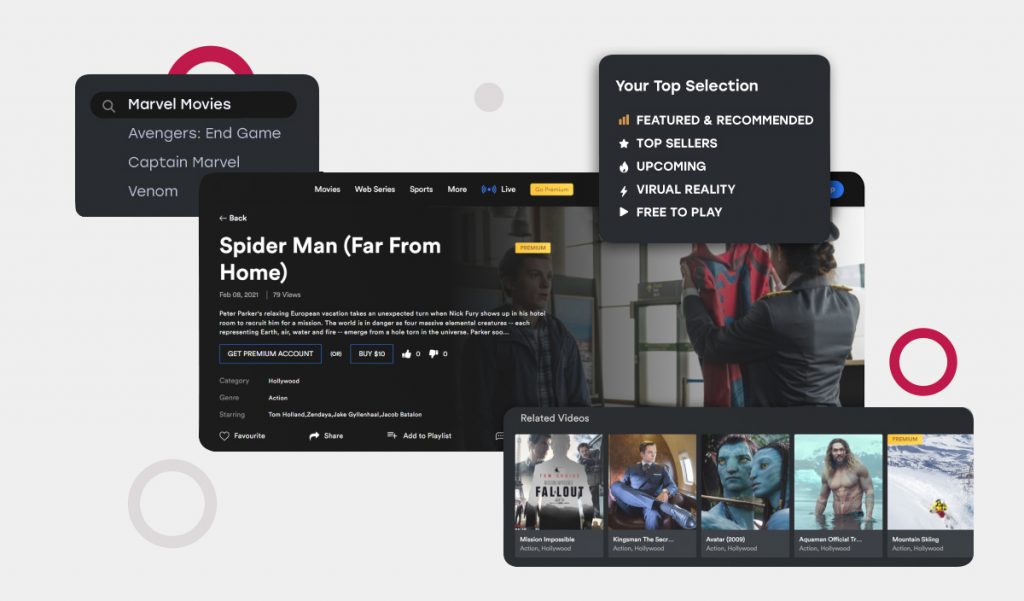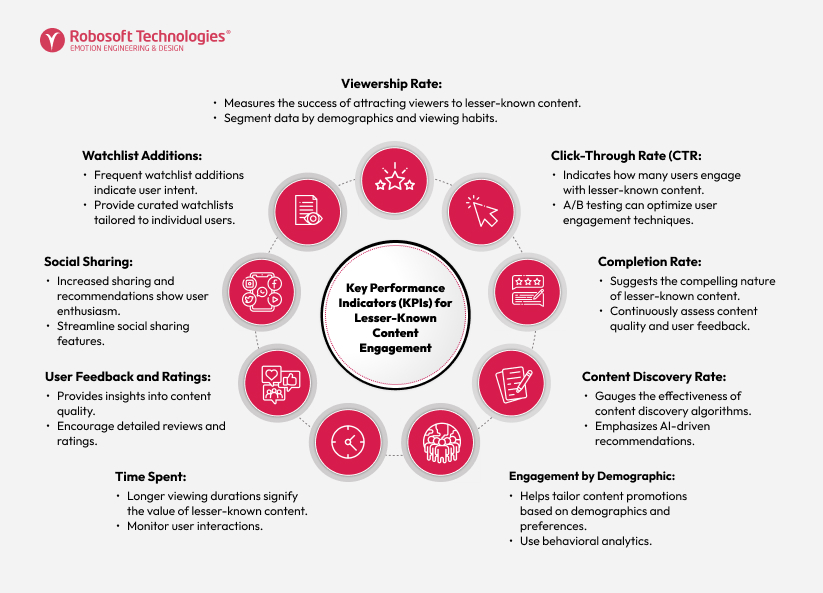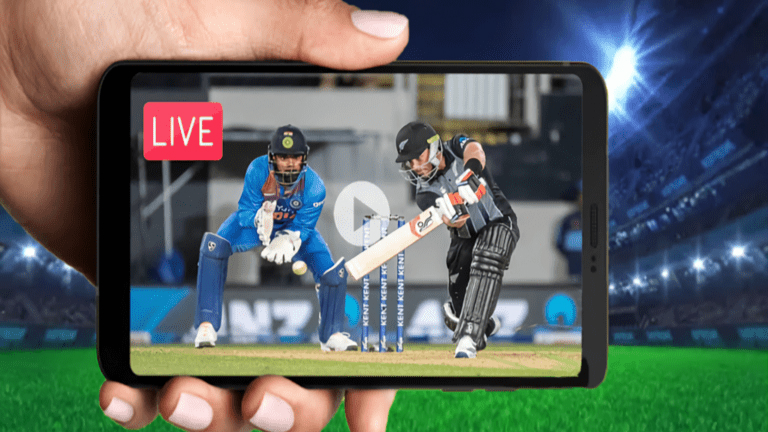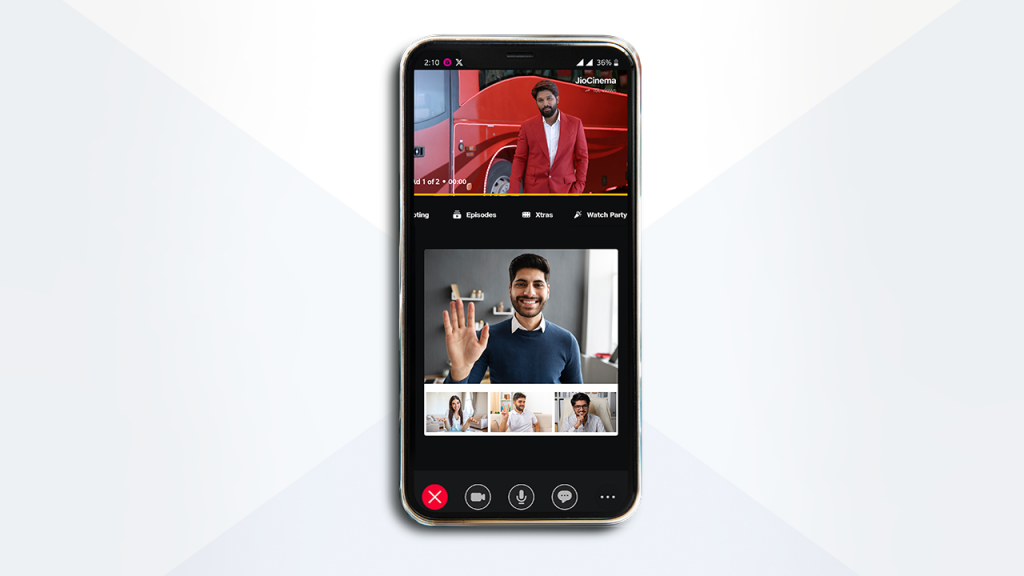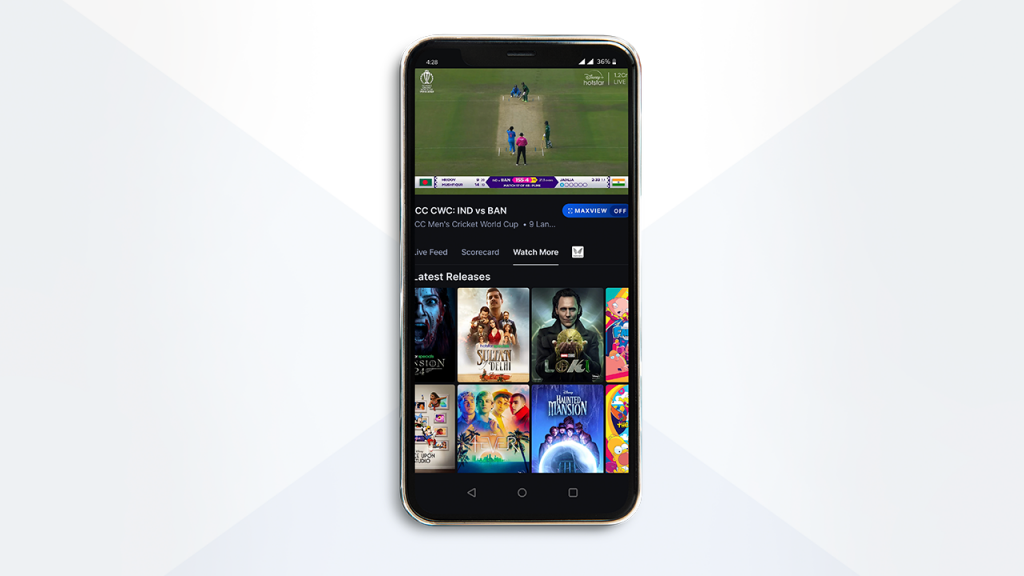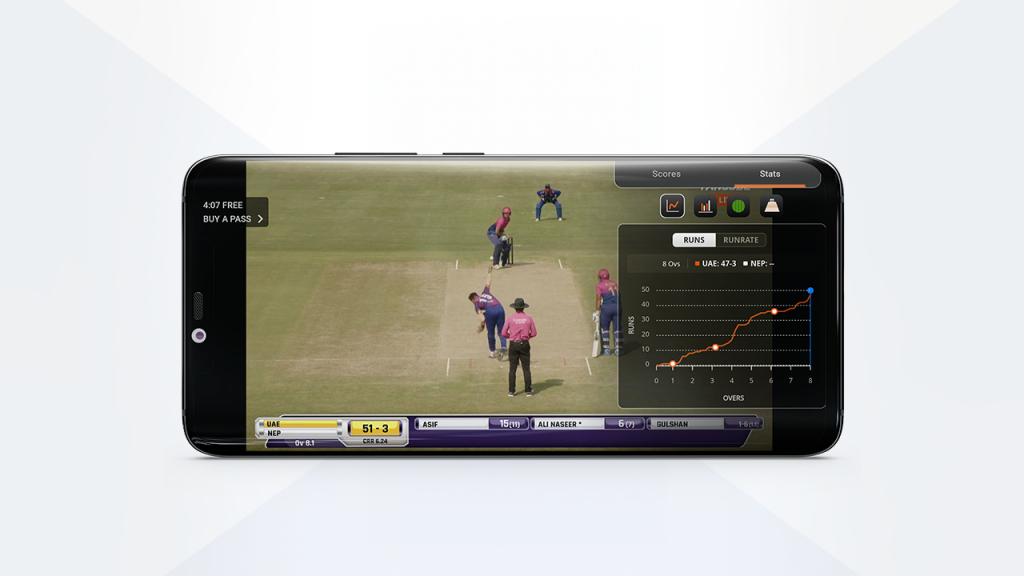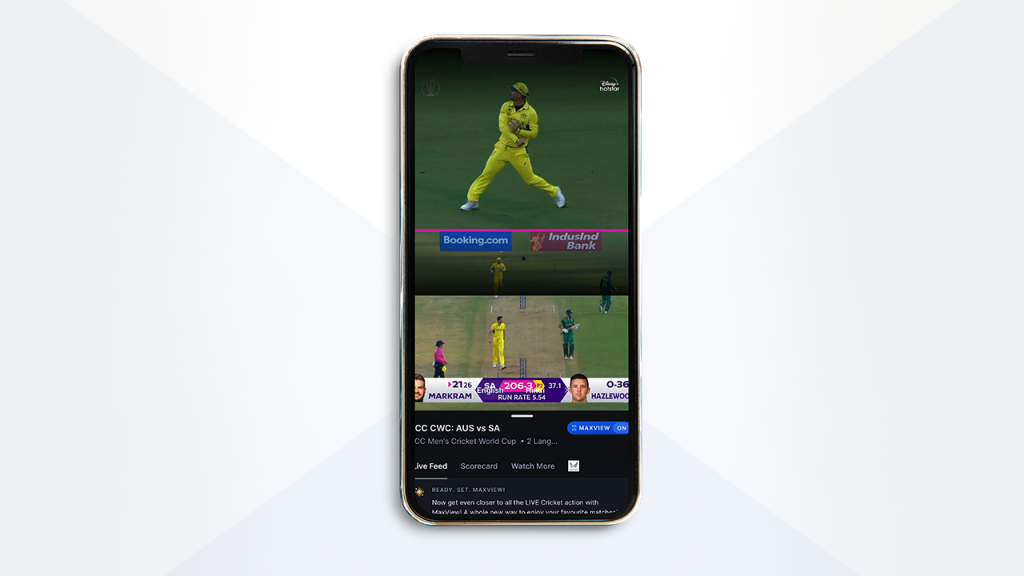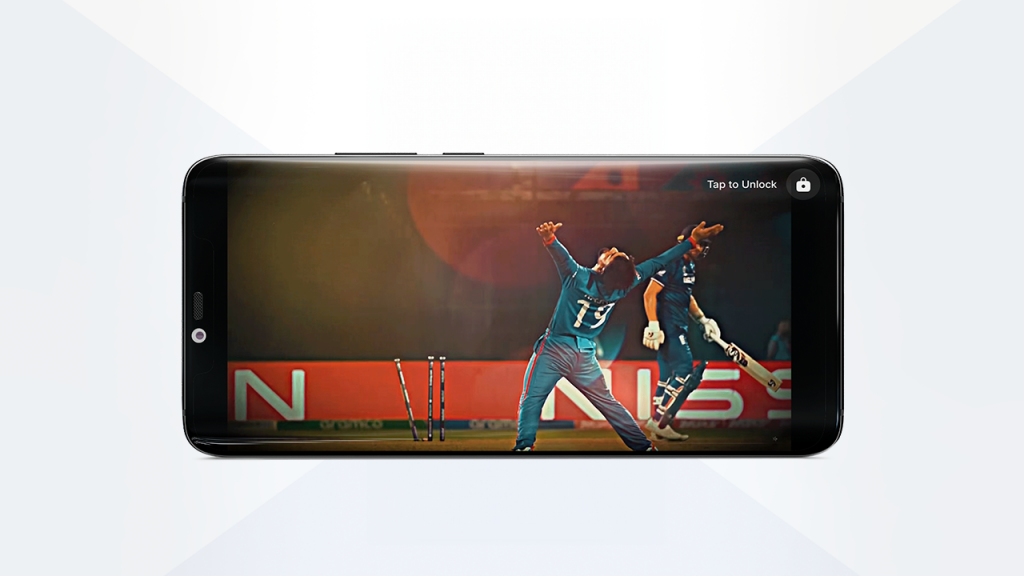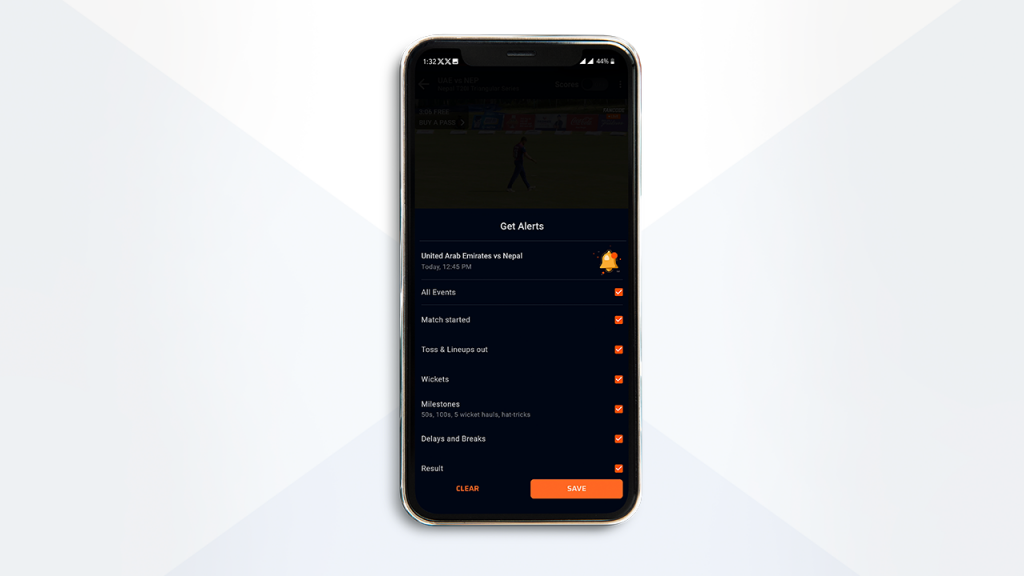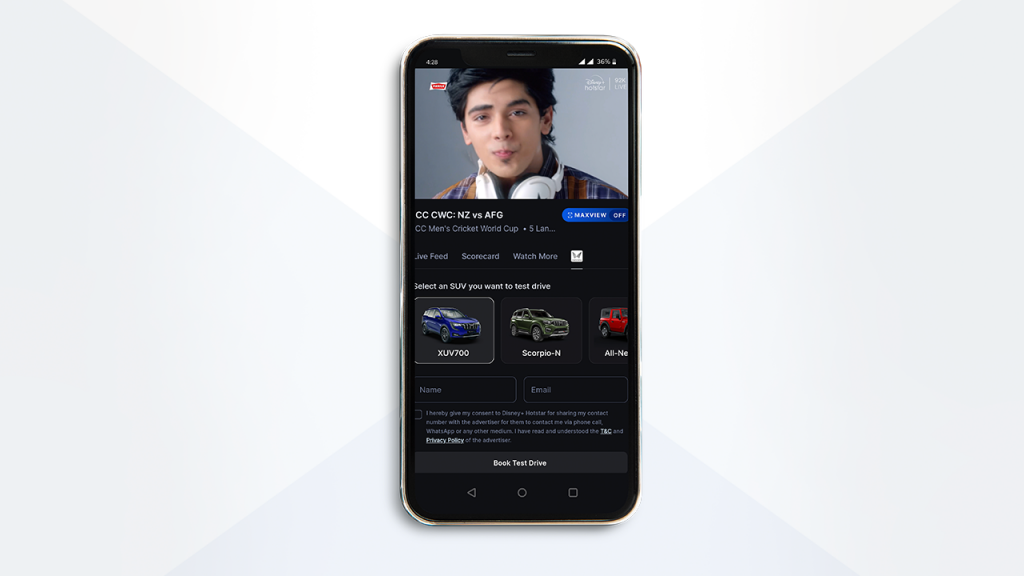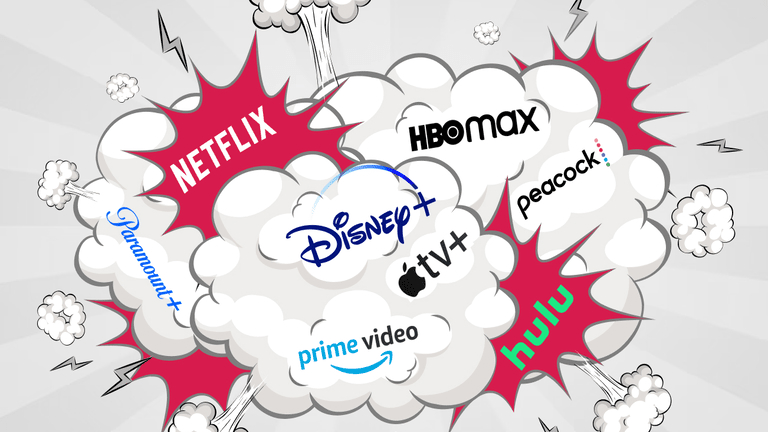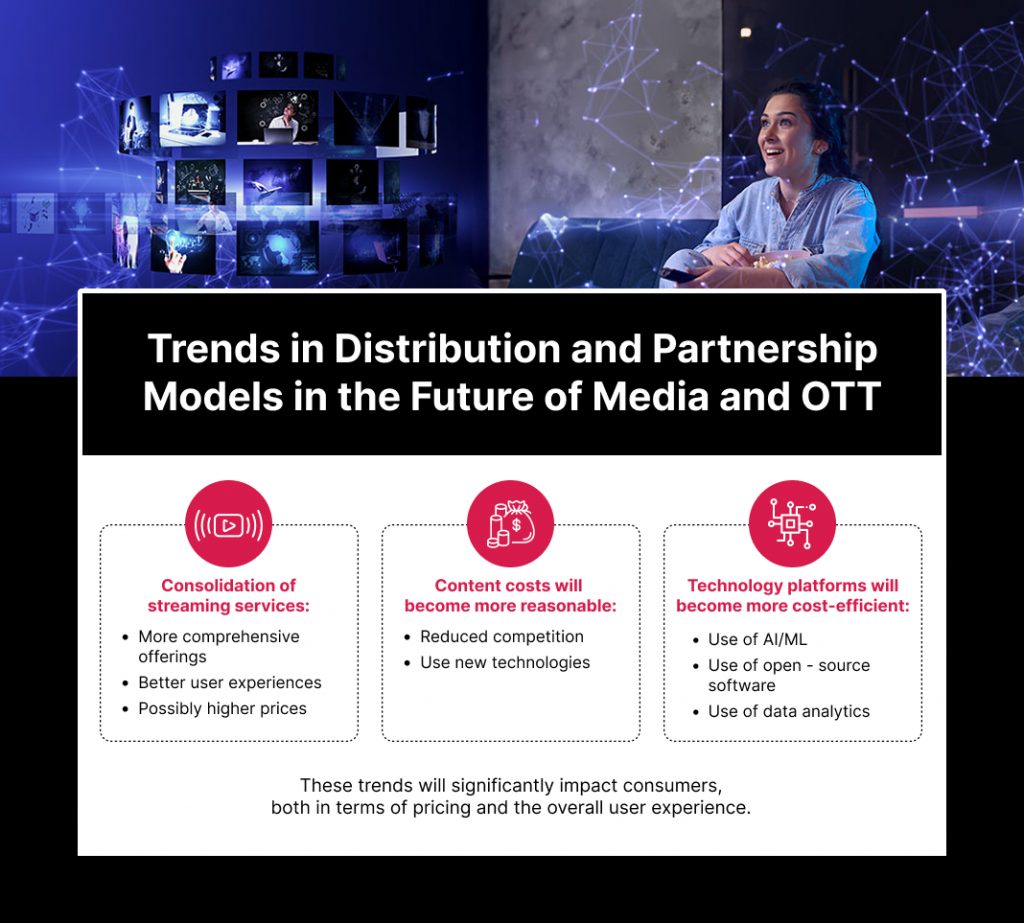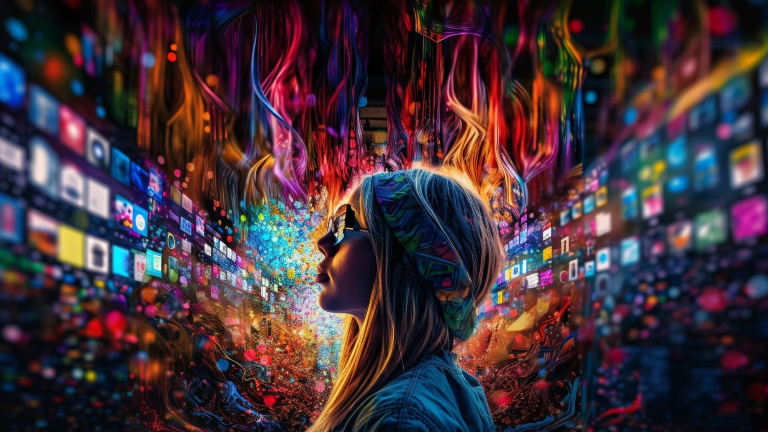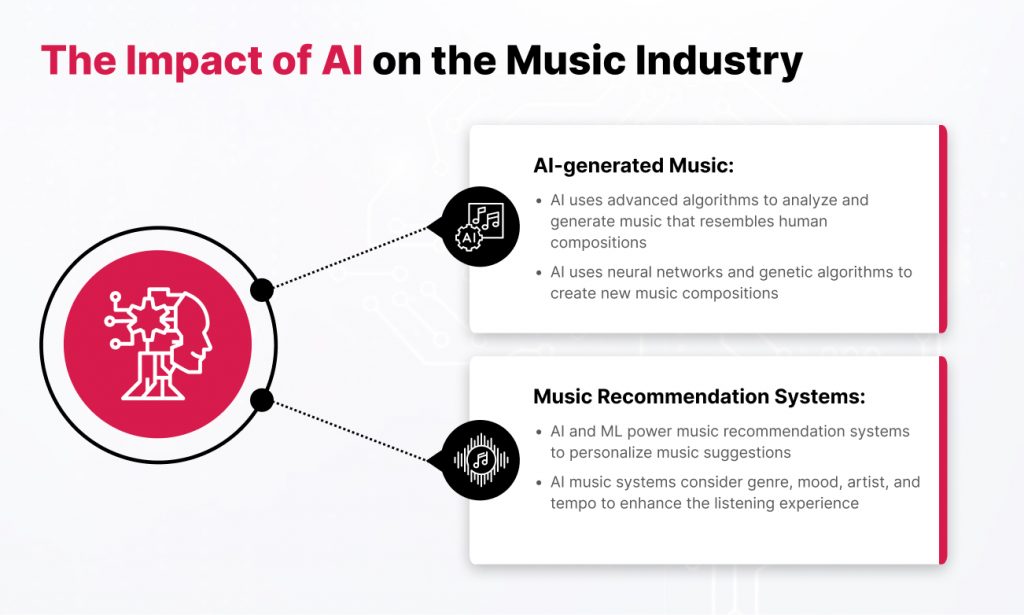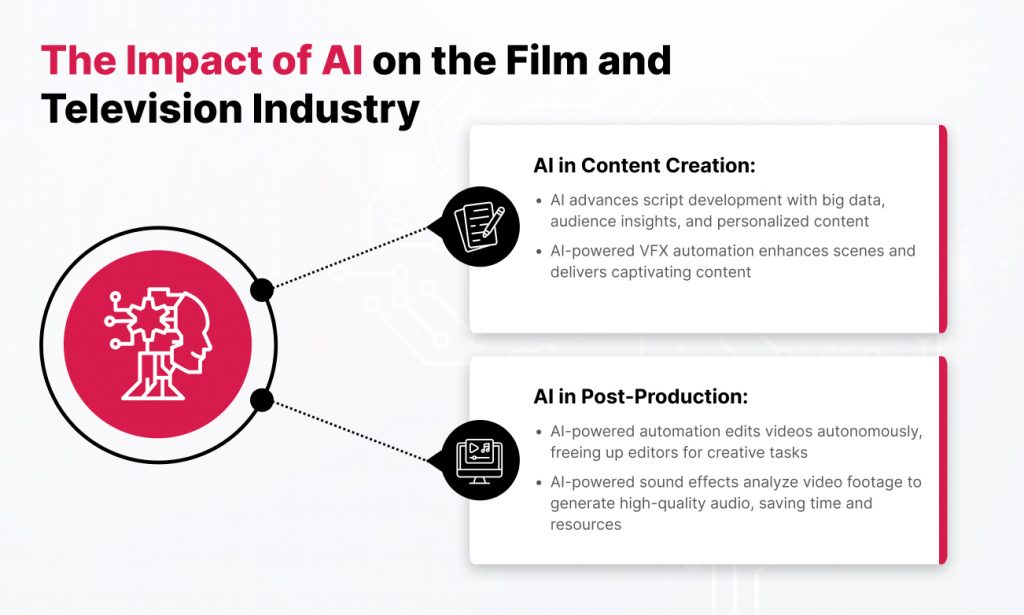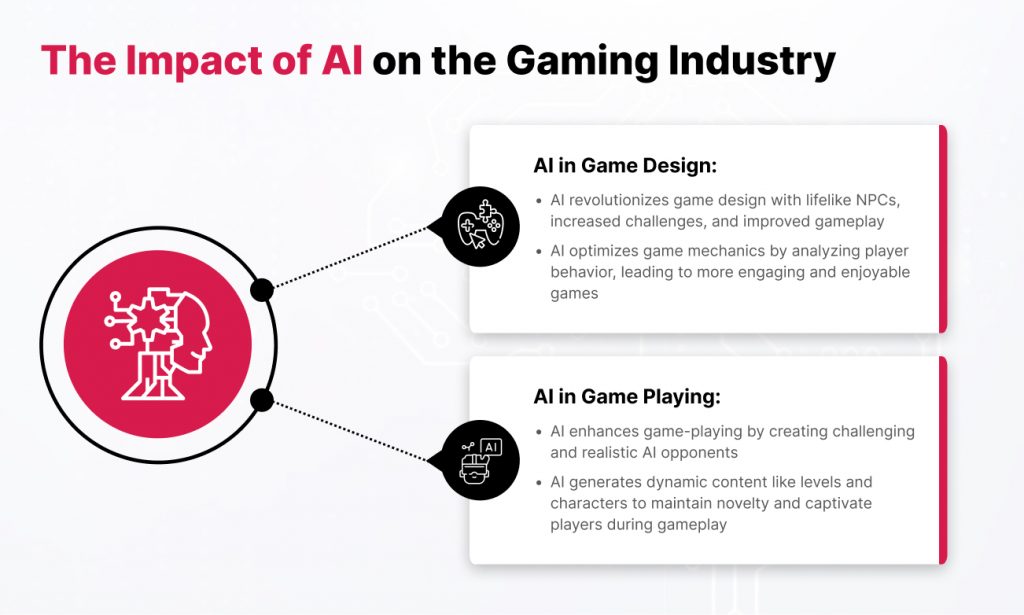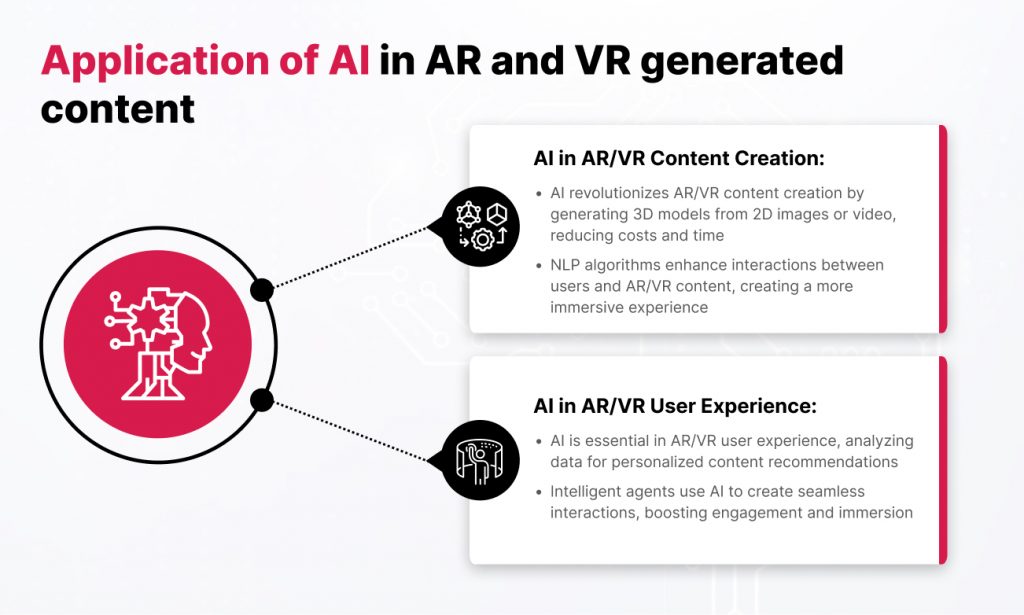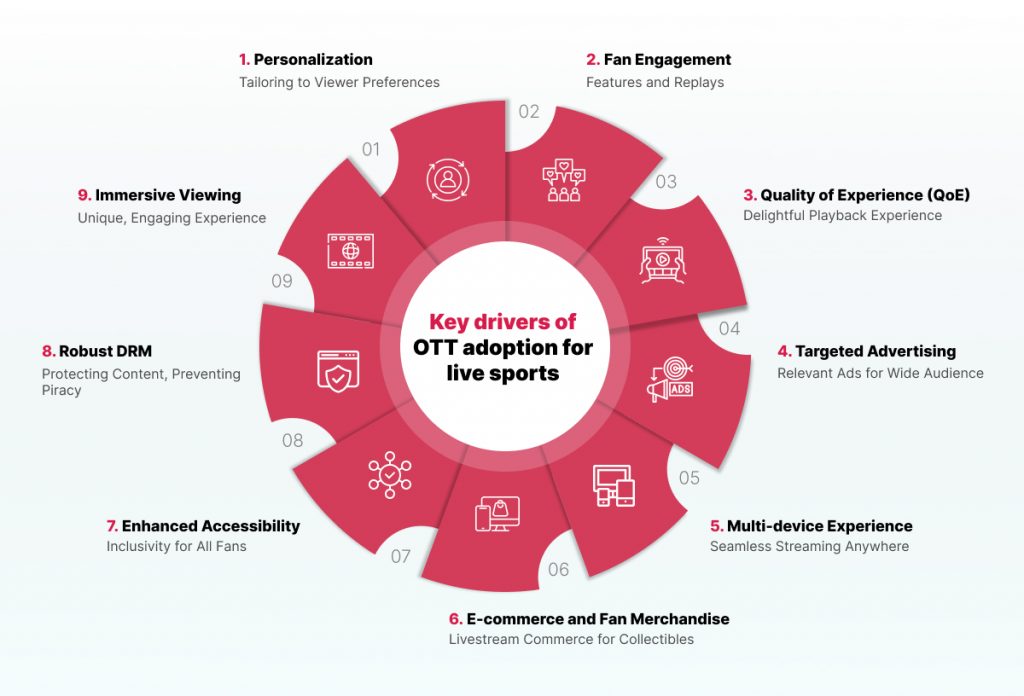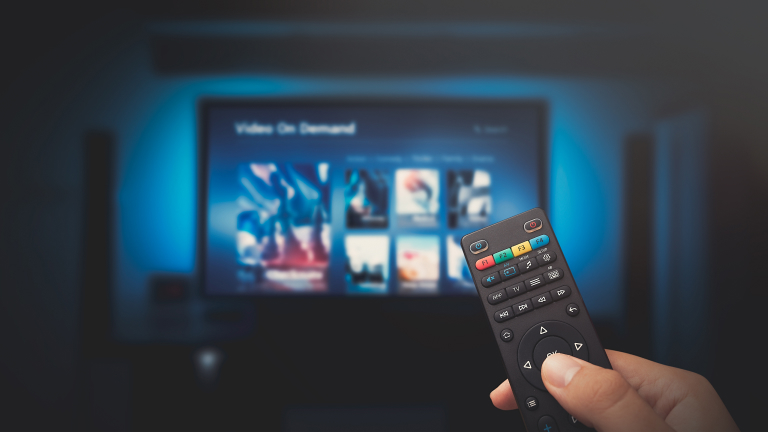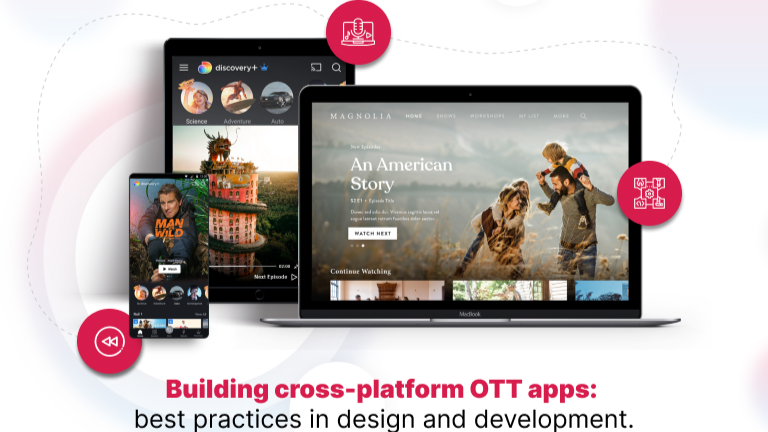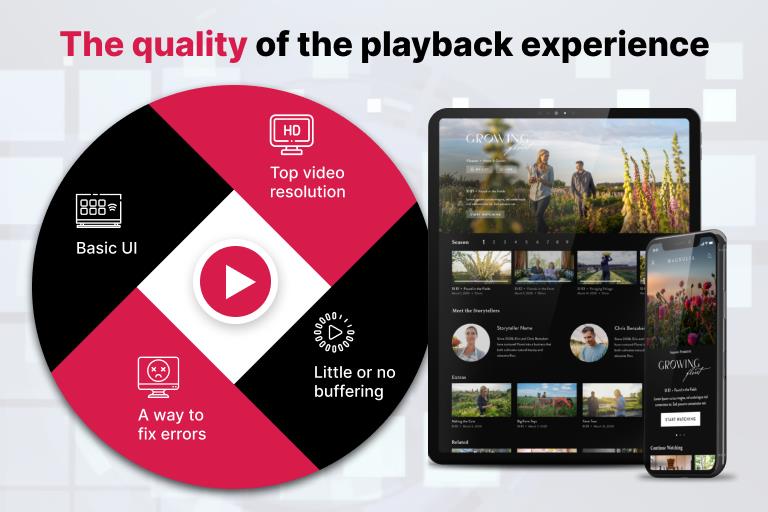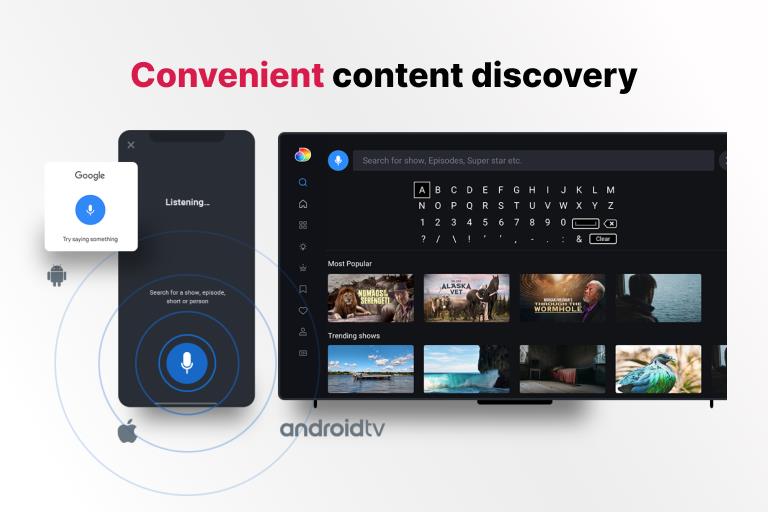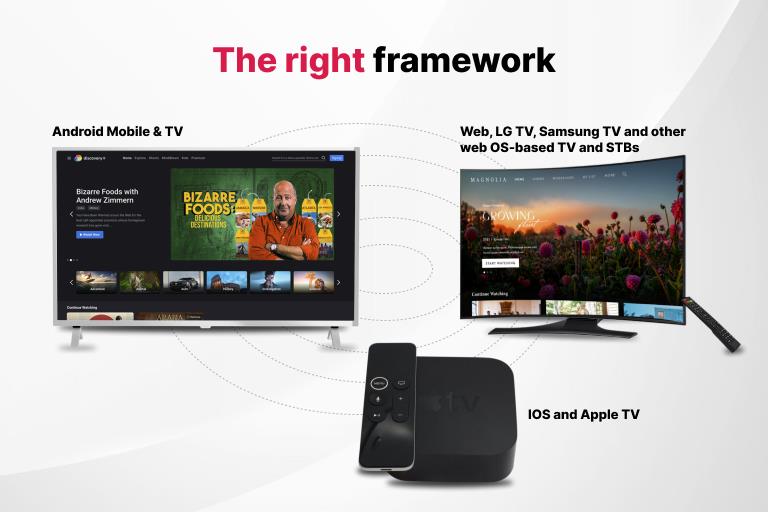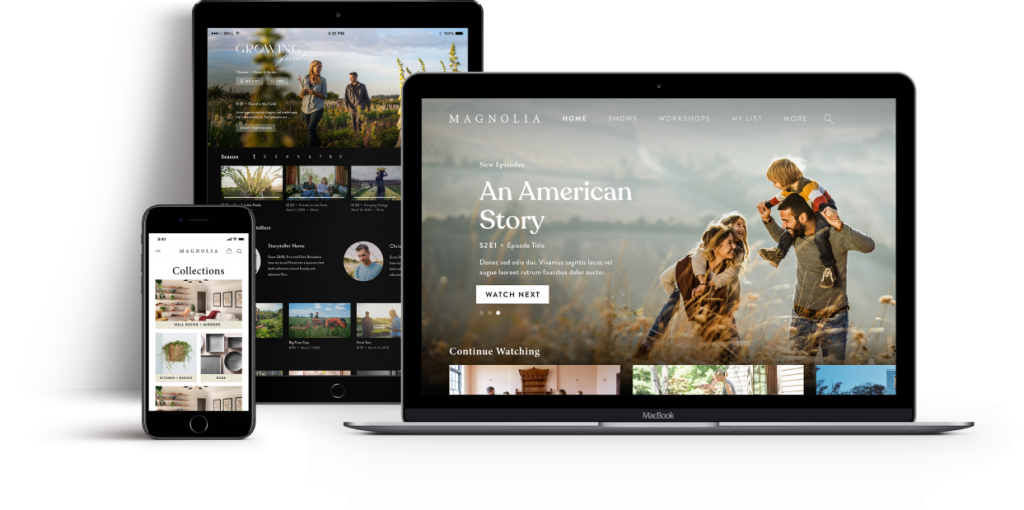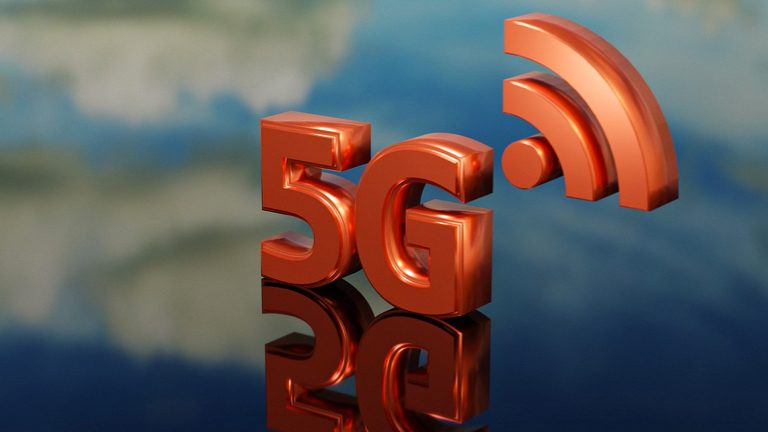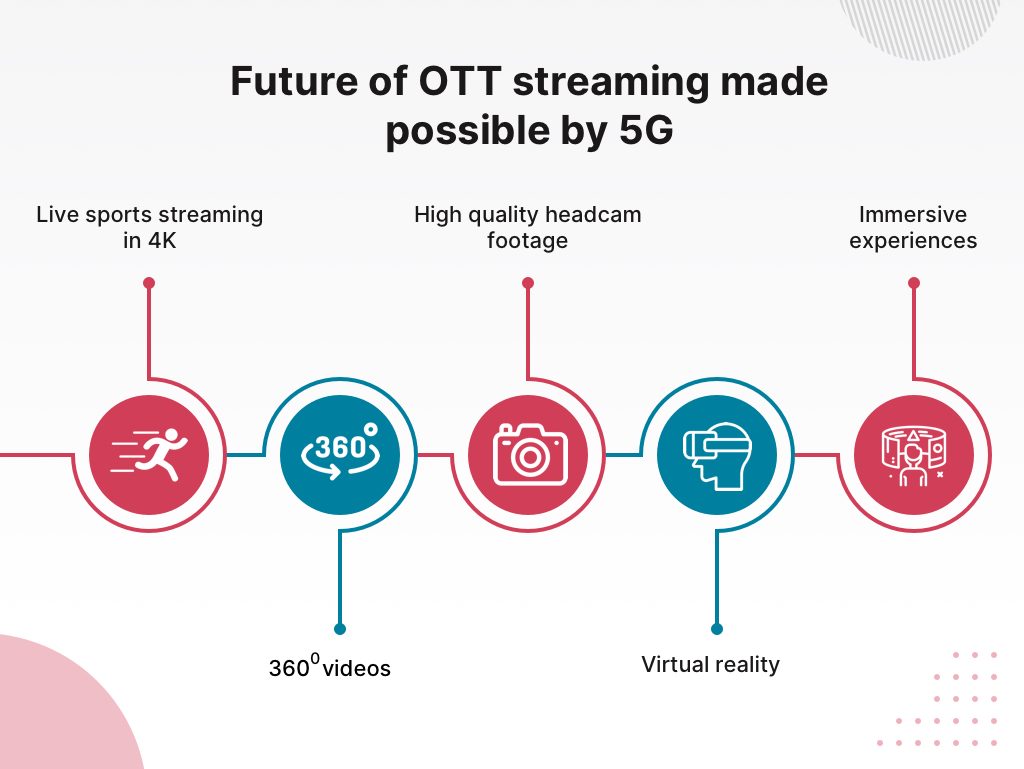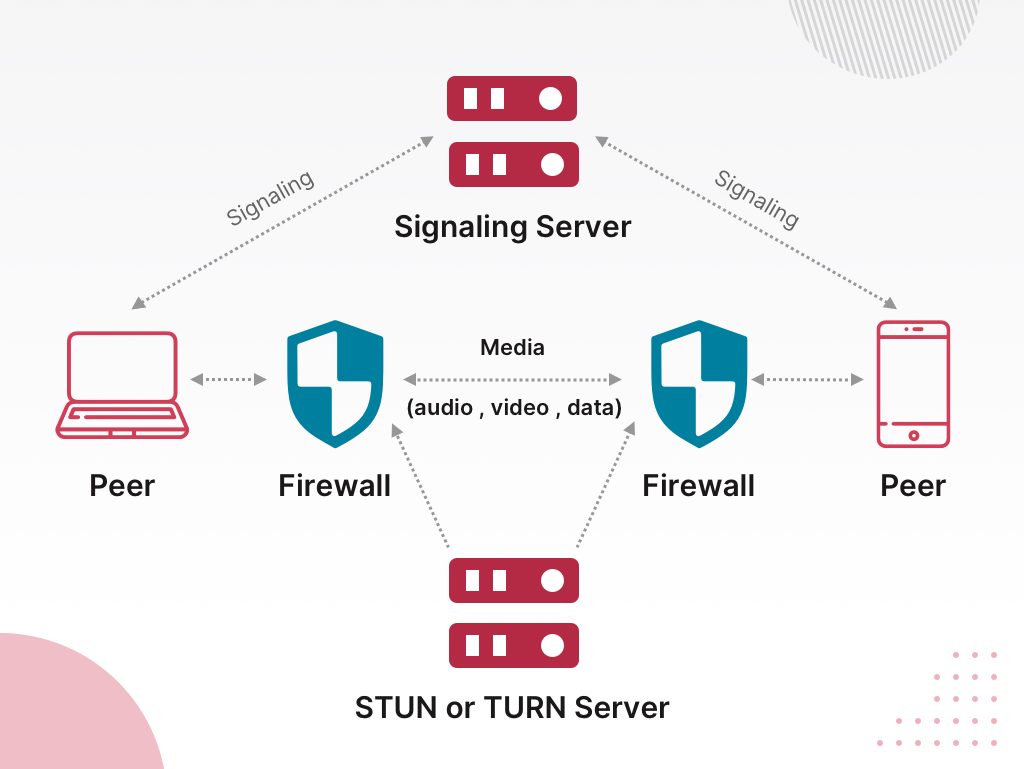The digital landscape is witnessing a surge in niche streaming services. This rise can be attributed, in part, to a growing sense of fatigue with the homogenized offerings of mainstream entertainment. Viewers are increasingly seeking content that caters to their specific interests, a trend that established entertainment brands are noticing. Faced with a saturated mainstream market, these established brands recognize the potential of niche audiences. Niche services capitalize on this by offering a unique value proposition: a deep dive into specific genres, regions, or use cases. This laser focus fosters passionate communities around shared interests and unlocks a world of content that resonates deeply with viewers.
However, navigating this specialized world comes with its own set of challenges. Niche providers must grapple with content acquisition complexities. Securing rights for niche content often involves intricate negotiations with rights holders who may have specific demands or expectations. Additionally, the technical requirements for delivering diverse content formats, from high-definition videos to live streams, necessitate a robust technical infrastructure. Managing high data volume and peak traffic periods and ensuring low latency for seamless streaming are all crucial aspects for niche services to consider. Despite these hurdles, the potential rewards for niche streaming services are significant, offering a loyal and engaged audience base eager to explore content tailored to their passions.
Overcoming challenges: strategies for niche streaming success
Niche streaming services offer a unique and focused experience, but success requires navigating several hurdles. Here’s how leveraging technology can help:
- Content acquisition and security: Securing rights for niche content can be complex. Effective strategies include building relationships with independent filmmakers, partnering with content distributors, and leveraging micro-licensing agreements. Implementing robust security measures like content encryption, secure user authentication, and regular security audits is essential to protect content and build trust with rights holders.
- Technical delivery and scalability: A robust technical infrastructure is crucial for delivering high-quality streaming experiences. Content Delivery Networks (CDNs) optimize content delivery, ensuring smooth playback across different devices and regions. Cloud-based solutions offer flexibility and scalability to handle fluctuating traffic and support diverse content formats. For example, platforms like Netflix and Hulu have successfully utilized cloud infrastructure to deliver seamless streaming experiences to millions of users.
- Engaging your audience: Building a loyal audience requires deeply understanding viewer preferences. Utilize data analytics to identify viewing patterns, content preferences, and engagement metrics. Create personalized recommendations, offer interactive features like live chats and forums, and leverage social media to foster a sense of community. Platforms like Twitch have successfully leveraged community engagement to build a solid user base.
- Reaching new markets: Expanding globally requires careful consideration of language, culture, and regulations. Localize content, partner with local distributors, and explore emerging technologies like virtual reality (VR) and augmented reality (AR) to create immersive experiences. Platforms like Crunchyroll have successfully tapped international markets by offering anime content with localized subtitles and dubbing.
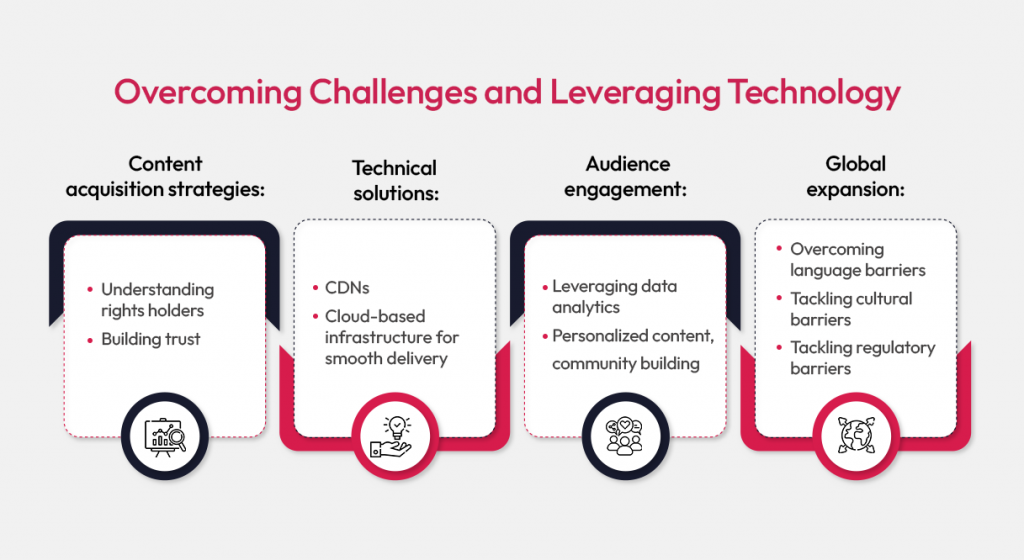
Niche streaming monetization: strategies for success
Traditional one-size-fits-all models won’t cut it for niche streamers. Here’s how to optimize your revenue streams while keeping users happy:
- Go beyond subscriptions and ads: Niche audiences are willing to pay a premium for tailored content. Explore pay-per-view, merchandise, and premium memberships with exclusive perks. Diversify income and deepen audience connections.
- Targeted advertising wins: Leverage user data for highly relevant ads that resonate with viewers, boosting engagement and ad revenue.
- Strategic brand partnerships: Collaborate with brands for sponsored content. Promote brands relevant to your audience while generating new revenue streams.
- Bundled services attract and retain: Offer bundles with complementary services like music streaming or digital magazines. This increases perceived value and reduces churn.
- Tiered pricing for flexibility: A tiered pricing model caters to diverse budgets. Users choose the level of service and content access that suits them, maximizing revenue potential.
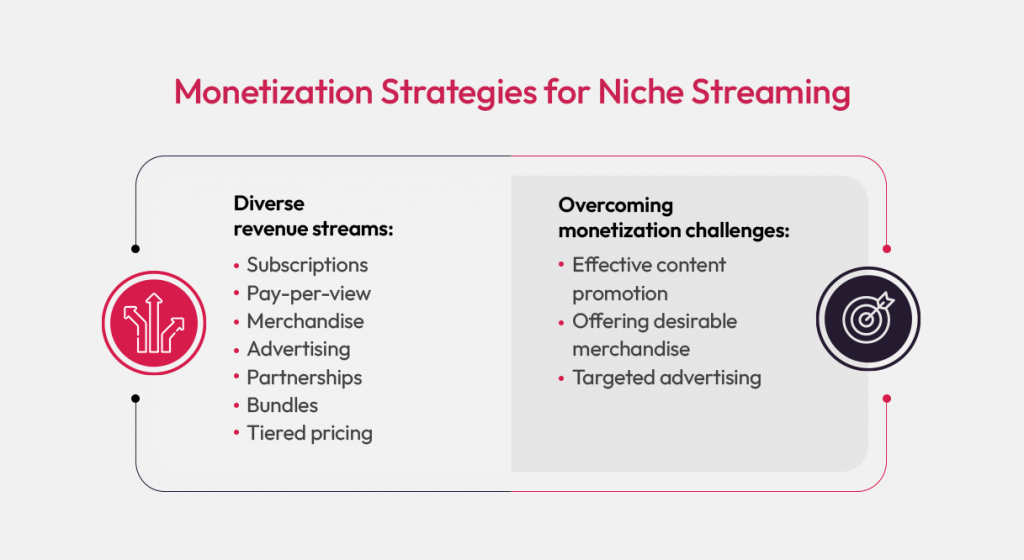
Niche platforms: building communities and empowering creators
Niche platforms are carving a unique space in the digital world by fostering passionate communities and empowering creators. Here’s how:
- Curated content for targeted audiences : Niche platforms specialize in specific interests, offering a carefully chosen selection of content that resonates deeply with viewers. This laser focus attracts individuals who share a common passion, fostering a strong sense of community.
- Direct connection for creators: Niche platforms provide a valuable platform for smaller publishers and creators to bypass large platforms and connect directly with their target audience. This empowers creators to build a loyal following and potentially monetize their content more effectively.
Examples in Action:
- Faith-based platforms: Pure Flix and Hillsong Channel cater to Christians by offering faith-based movies, shows, and documentaries. These platforms provide a dedicated space for viewers to connect with their faith and discover content that aligns with their values.
- Cooking platforms: Food Network Kitchen and Tastemade offer a haven for culinary enthusiasts. Viewers can enjoy various cooking shows, explore new recipes, and engage with other food lovers, creating a vibrant online community.
- Local sports streaming platforms: Regional sports networks launch streaming services, allowing fans to access local teams and games directly. This caters to passionate local sports fans who might not be interested in traditional national sports packages, offering a more targeted and personalized experience.
Niche streaming: futureproofing for growth
The niche streaming landscape is constantly evolving. Here’s how to stay ahead of the curve:
- Hyper-personalization: Anticipate the shift towards hyper-personalized content. Utilize AI and machine learning to create advanced recommendation systems that cater to individual viewer preferences and boost engagement.
- International expansion: Explore overseas markets for growth. Be prepared for challenges like localization, cultural adaptation, and regulations. Strategic planning and market research are crucial for success.
- 5G impact: The rise of 5G networks will revolutionize streaming. Leverage 5G’s potential for superior streaming quality and accessibility to offer live streaming and high-definition content, improving the viewer experience, particularly in underserved areas.
- Emerging market content: Identify opportunities for localized content tailored to specific markets. Understanding regional preferences allows niche services to expand their audience base and global reach—partner with local creators to enrich content libraries and broaden appeal.
- Strategic collaborations: Partner with content creators, distributors, and other platforms to significantly expand your offerings. This collaboration helps compete with more prominent players and deliver viewers a more diverse and engaging content library.
- Dynamic market segmentation: Continuously analyze consumer behavior to identify new niche opportunities. For example, consider how “quick commerce” has reshaped the retail landscape. Apply similar principles to identify emerging sub-niches within your industry.
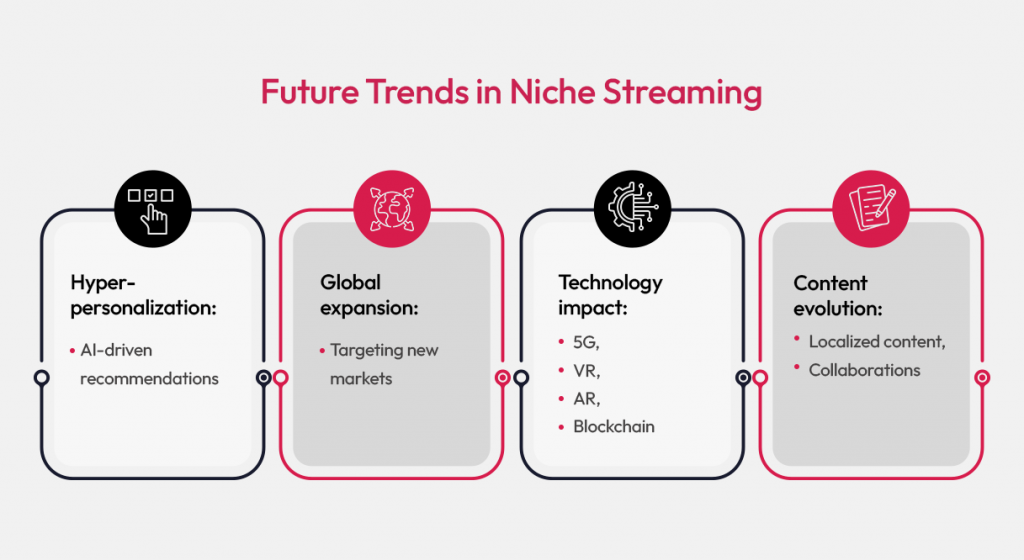
Best practices for building a niche streaming platform
At Robosoft, we’ve helped numerous organizations develop engaging digital platforms catering to specific audiences. Here are some essential best practices we’ve learned along the way:
Research & Planning:
- Understand your audience: Identify your target audience’s needs and preferences to determine their beneficial functionalities. What content are they looking for? How can you best serve their interests?
- Identify Challenges: Consider potential roadblocks such as budget constraints, technical limitations, or competition within your niche.
- Set goals: Define what you hope to achieve with the platform. Do you want to increase engagement, drive sales, foster community, or establish yourself as an authority in your niche?
- Research existing niche platforms: Draw inspiration and discover best practices from other successful platforms in your niche. Analyze their strengths and weaknesses to identify opportunities for your platform.
Consult the Experts:
- Technical guidance: Get advice on the best technical approach based on your requirements.
- Feasibility insights: Gain insights into your platform’s technical feasibility, potential solutions, and ongoing maintenance needs.
Design & Development:
- Wireframing: Create visual mockups to map the platform’s functionality and user flow. This helps ensure a smooth and intuitive user experience.
- Theme selection: Choose a visually appealing and user-friendly theme that aligns with your brand identity and resonates with your target audience.
- Feature integration: Implement the functionalities identified during the planning stage, ensuring a seamless user experience. This might include content management systems, community features, e-commerce options (if applicable), and analytics tools.
At Robosoft, we specialize in crafting digital platforms tailored to niche audiences. With a proven track record in sectors like faith and sports, we excel at understanding target demographics, curating engaging content, and fostering vibrant communities. Our expertise empowers creators and drives platform success. By offering a curated experience and fostering direct connections, niche platforms build loyal audiences and shape the digital landscape for creators and viewers alike.
Want to build a niche streaming platform? Talk to us now.

